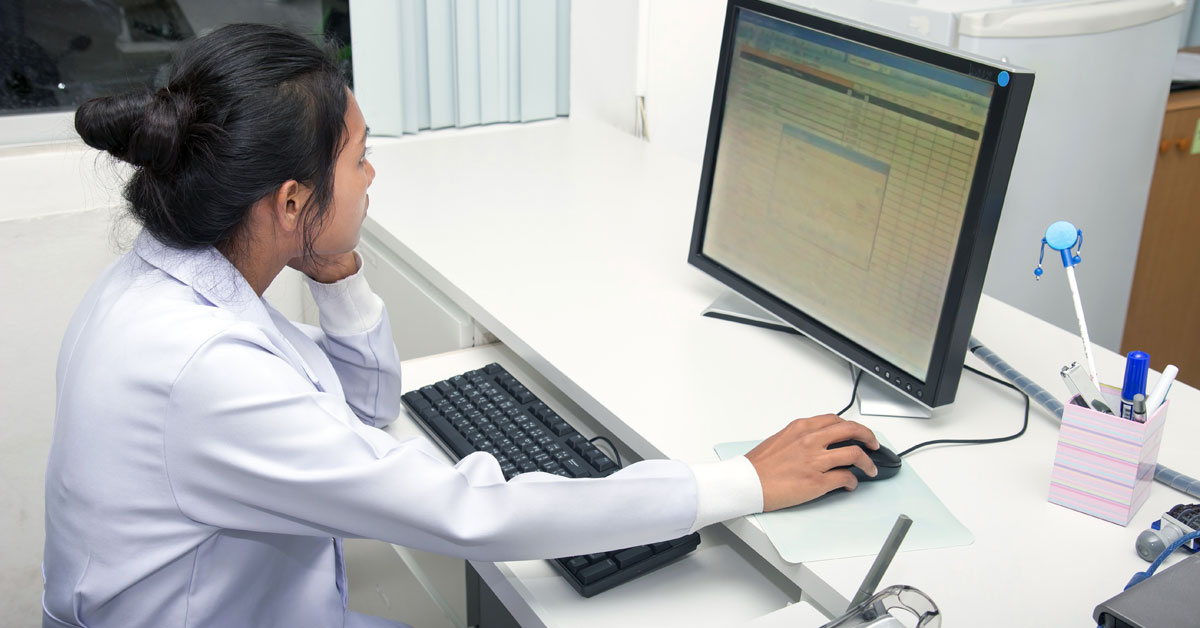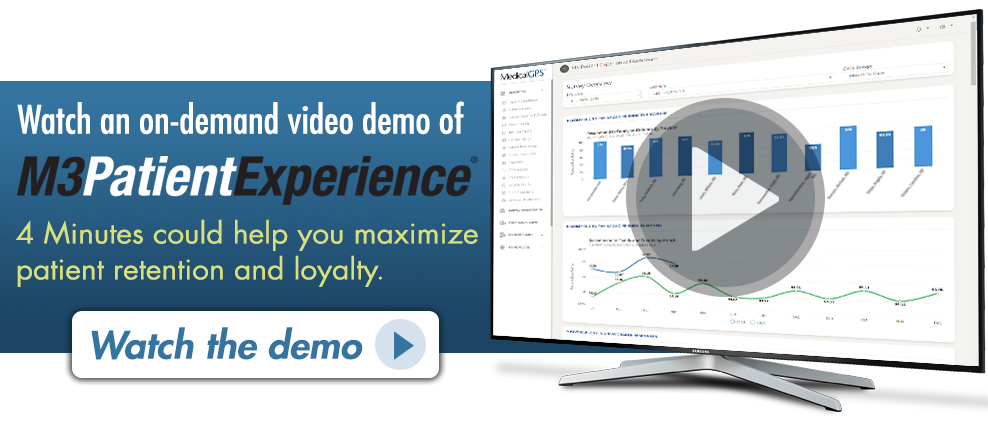 Every day, another branch of technology is being touted as the savior of healthcare.
Every day, another branch of technology is being touted as the savior of healthcare.
This is probably most true when it comes to the patient experience. From portals to EHR-integrated text reminders, technological solutions just make sense for a patient population that is already tech-savvy (not to mention, glued to their smartphones). Increasingly though, healthcare leaders and clinicians are asking if there can be too much of a good thing.
The answer to that question will depend heavily on patient desires, clinician training, and even the technology itself, but there are ways to reap the benefits of healthcare technology for your organization while minimizing the downsides. Keep the five (5) suggestions below in mind when introducing new technology at your facility, creating policies and training materials around upgrades, and when implementing any new patient experience improvement initiatives.
1. Get Consent
Getting permission from patients is embedded deep into the culture of healthcare, so take a cue from HIPAA and ask permission from the patient before you start involving technology in your interactions.
While the modern, tech-driven healthcare environment might be completely normal to you and your staff, many of your patients (especially the growing elderly population) might not be as comfortable with the concept.
2. Make a Connection
Technology should always come secondary to paying attention to the patient. As with all patient interactions, clinicians and caregivers should take time to make a personal connection with each patient. That connection should be completely independent of technology.
After this foundation of human connection (and ultimately, trust) is established, technology may be introduced to improve the patient care experience.
3. Train for Efficiency
Your staff and clinicians have no doubt received training on all of the electronic systems and equipment utilized within your care environments. What they might be missing though, is how to use them in a way that doesn’t interfere with the patient care experience.
One surprising, but incredibly effective and simple way to change this is to improve typing skills for staff that have direct patient contact. If your staff can type quickly, and maintain (or at least regularly check in for) eye contact, it will be easier for them to make that human connection.
Considering how important eye contact is, improved typing skills training for support staff and providers might be worth considering. An investment of training dollars and time in developing improved typing skills is often worthwhile.
4. Don’t forget the Physical
This might sound a bit counterintuitive, but as much as technology should be in the background, you don’t want to cast it off into a corner.
If a computer or console is stuffed into the far end of an exam room, that leaves clinicians to turn their backs on patients just to enter information or take notes. Keep computers in a position that allows your staff to maintain a proper physical distance from patients, give them direct attention, and continue to engage as normally as possible. Laptops and other mobile devices can be a great solution here.
5. Consider the Flow of Information
Important information is flowing both ways during time with patients, and it’s important to not let technology interrupt the flow. Use technology in the most patient-centric way possible, keeping the patients’ perspective in mind.
As clinicians share pertinent information with patients (such as digital images), taking advantage of opportunities to educate and involve the patient in their care is always a good idea. On the other hand, there are also opportunities (such as medical record maintenance) that can be performed by assistants after the patient visit, maximizing the amount of high-quality time patients receive from their care team.
Perhaps most importantly, know that your staffs’ attitude and comfort level with technology will impact the patients’ experience. Care givers are wise to keep a positive attitude and refrain from complaining about any “computer” issues, or expressing a lack of understanding about technology. A positive attitude, especially in the face of a challenging technical “glitch”, helps to keep the focus on the patient, making the patient experience as positive as possible, which is exactly what you want to achieve.


